Explore More
Choosing the Perfect Wine for a Memorable Culinary Experience

For men who appreciate the finer things in life, few experiences can match the sheer indulgence of fine dining. When it comes to gastronomy, the art of wine pairing is a crucial skill that can elevate your culinary experience to a whole new level. Pairing the right wine with your meal is not just about impressing your friends or colleagues; it’s about enhancing the flavours and enjoying a selection of tastes that can make an ordinary meal extraordinary. We invite you to explore the art of wine pairing and how it can be a delightful journey of exploration and pleasure for men who love fine dining.
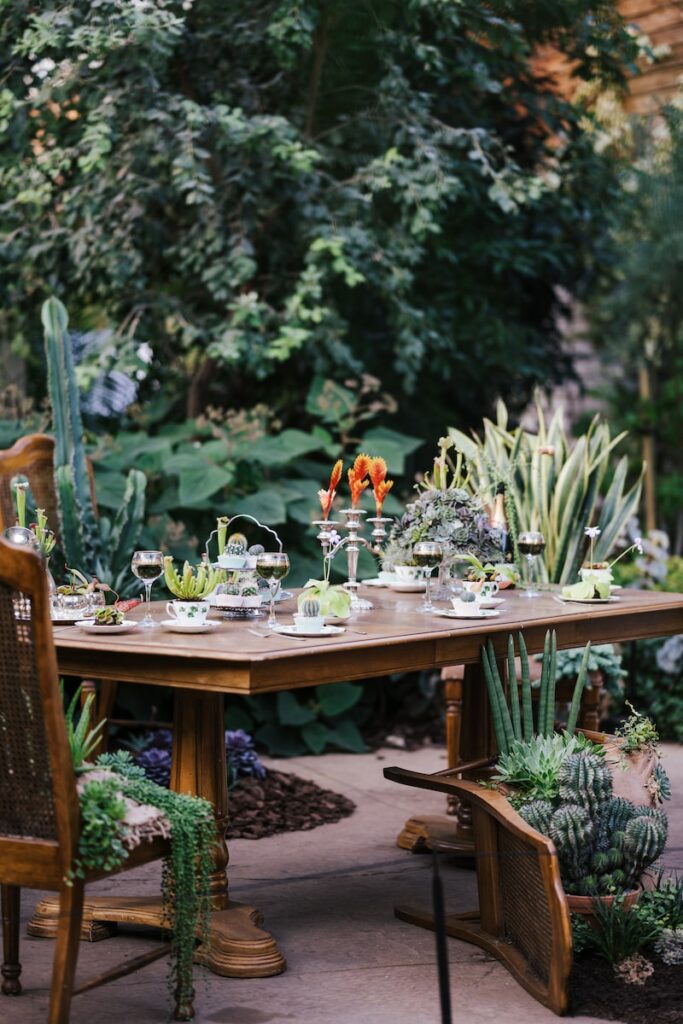
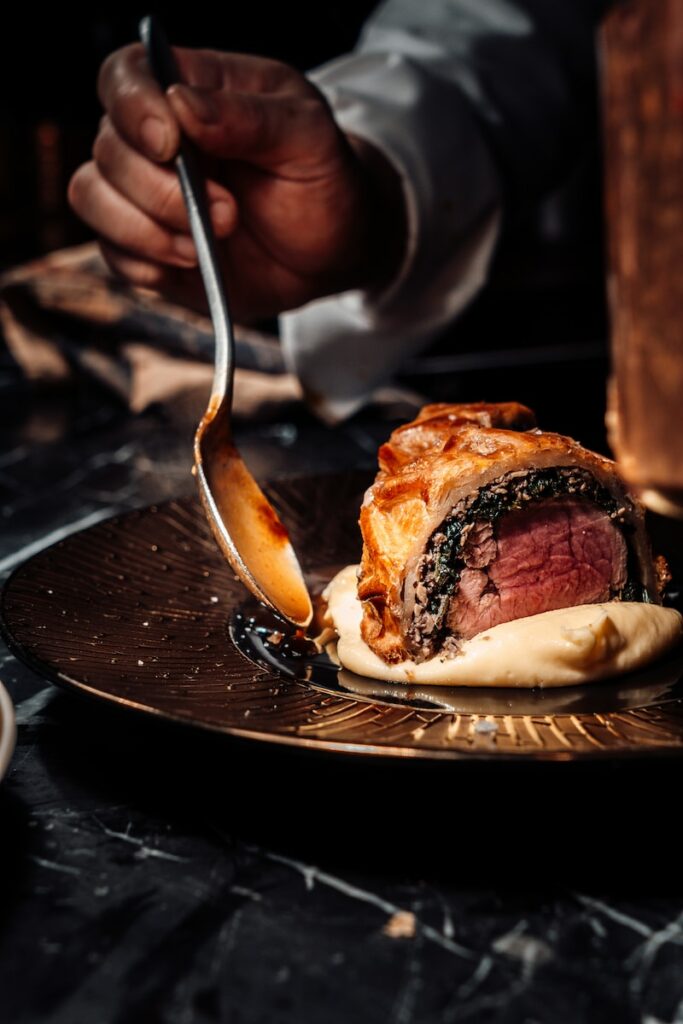
Understanding the Basics of wine pairing
Wine pairing is about creating harmonious combinations between the characteristics of a wine and the flavours of a dish. This includes considering factors like acidity, sweetness, tannins, and body, as well as the intensity and richness of both the wine and the food. Consider the following:
Balance is Key: A well-balanced wine complements rather than overpowers your meal. Look for wines that enhance the flavours of the dish.
Acidity: High-acid wines (like Sauvignon Blanc) are great for cutting through rich and fatty foods, such as creamy sauces or fried dishes.
Tannins: Tannic wines (like Cabernet Sauvignon) pair well with foods that have a good amount of protein and fat, such as steak. Tannins, found in red wines, can interact with proteins, making reds a good match for meat-based dishes. Steaks, lamb, and hearty stews often pair beautifully with tannic wines like Cabernet Sauvignon.
Sweetness: Sweet wines (like Riesling) work beautifully with spicy or salty dishes. When serving dishes with a hint of sweetness, ensure your wine matches or balances it. Sweeter wines, such as a Riesling or Moscato, can be delightful with spicy or fruity dishes, while dry wines work well with savoury courses.
Body: Light wines go well with delicate dishes, while full-bodied wines match robust, flavorful dishes.
The fundamental principle of wine pairing is matching the intensity and flavour of your wine with that of your meal. Consider the following:
- Lighter wines, like Sauvignon Blanc, pair well with delicate dishes such as salads and seafood.
- Medium-bodied wines, such as Chardonnay, are versatile and complement a wide range of flavours.
- Full-bodied wines, like Cabernet Sauvignon, shine with robust, hearty dishes like steaks and stews.
You can choose to either complement or contrast flavours when pairing wine and food:
- Complementary Pairing: Choose a wine that shares similar flavour elements with your dish. For instance, a buttery Chardonnay complements the creamy sauce in a chicken Alfredo dish.
- Contrasting Pairing: Select a wine that has contrasting flavours to your meal. A sparkling wine’s acidity can cut through the richness of fried chicken, creating a pleasant contrast.
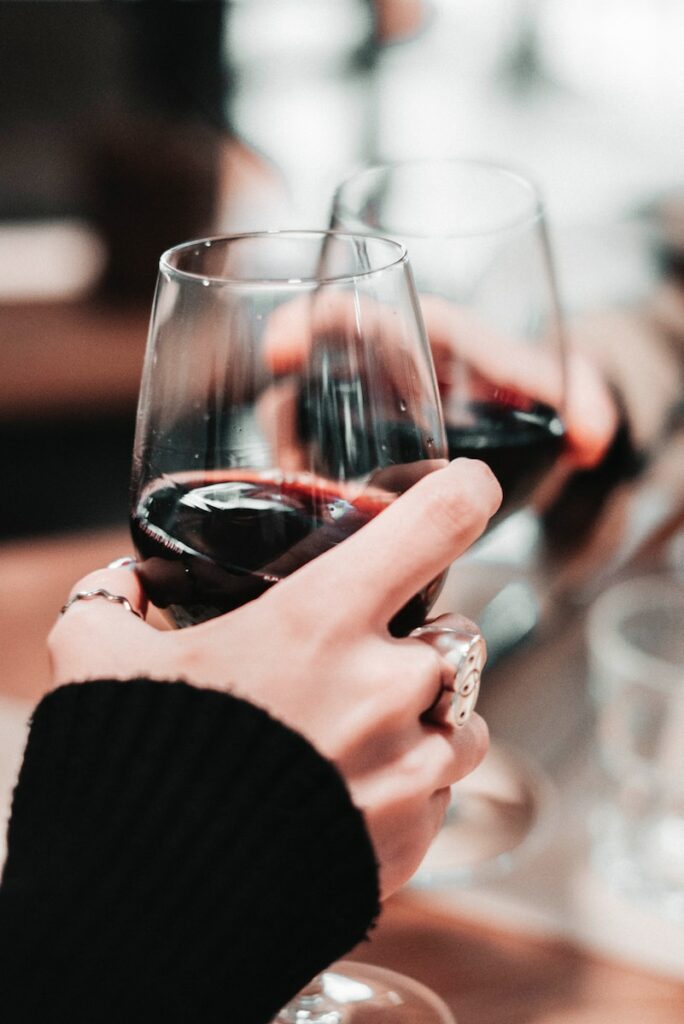
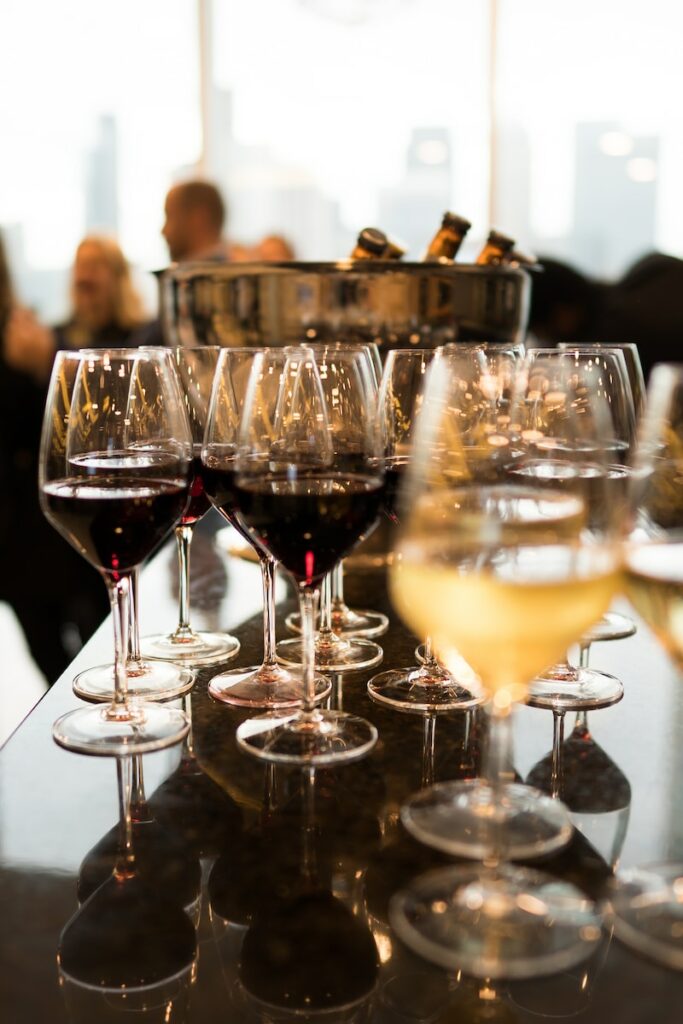
Acidity in wine can be a game-changer. High-acid wines, like a crisp Sauvignon Blanc, can cut through rich and fatty foods, cleansing your palate and enhancing the dining experience.
Wine regions often produce wines that naturally complement the local cuisine. For example, Italian Chianti goes hand in hand with pasta and tomato-based dishes, while spicy Indian cuisine can be enhanced by aromatic Gewürztraminer or a spicy Zinfandel.
If you’re unsure about wine pairings or want to make an extraordinary impression, don’t hesitate to consult a sommelier. They have in-depth knowledge and experience and can suggest wines that perfectly align with your menu.
While guidelines can be helpful, personal preference is essential. If you have a favourite wine that you enjoy with a particular dish, trust your palate. The best wine pairing is one that brings you and your guests the most pleasure.
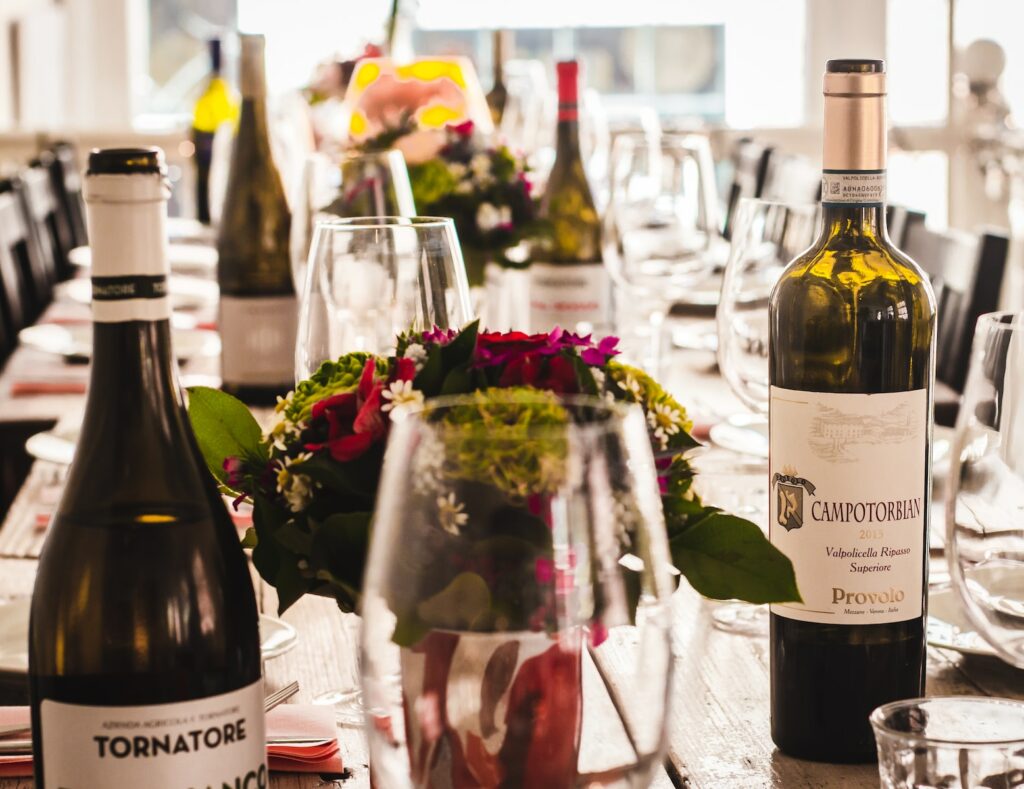
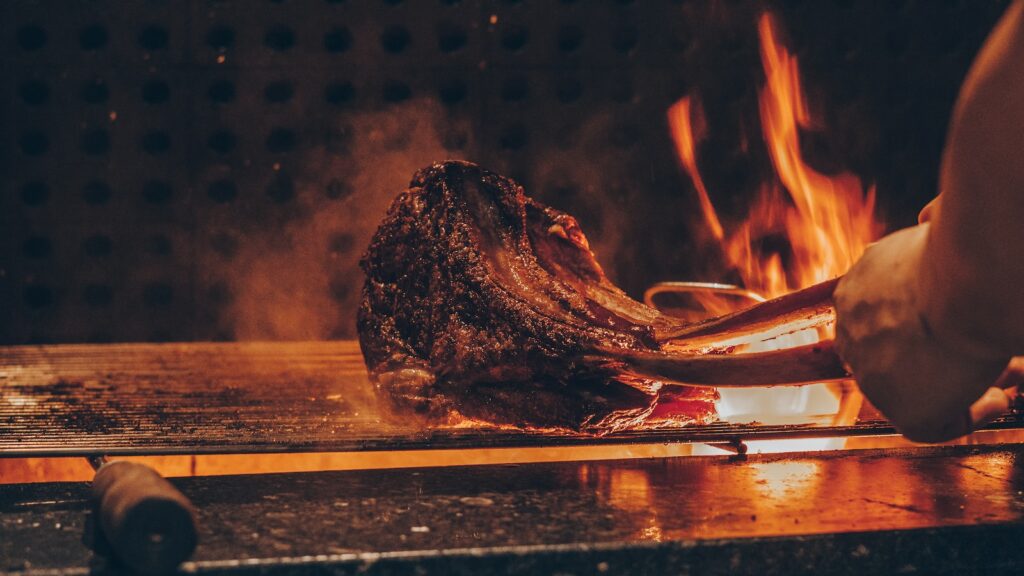
6 Perfect Pairings for your dining experience
Now that you understand the basic principles, let’s explore some classic pairings that can transform your fine dining experience:
- Cabernet Sauvignon and Prime Rib: The rich tannins of Cabernet Sauvignon complement the succulent flavours of prime rib, creating a mouth-watering combination.
- Chardonnay and Lobster: The buttery and oaky notes in Chardonnay harmonize with the sweet and delicate taste of lobster.
- Pinot Noir and Duck: The fruitiness and moderate tannins of Pinot Noir make it an ideal partner for the complex flavours of duck dishes.
- Sauvignon Blanc and Goat Cheese Salad: The zesty acidity of Sauvignon Blanc pairs wonderfully with the tangy and earthy flavours of goat cheese.
- Riesling and Spicy Asian Cuisine: The sweetness in Riesling cools down the heat of spicy dishes and enhances their complexity.
- Champagne and Oysters: The effervescence and acidity of Champagne complement the briny and delicate nature of oysters, creating a match made in heaven.
While classic pairings are a fantastic starting point, don’t be afraid to explore and experiment. Wine pairing is an art, and there are countless opportunities to create your own unique experiences. Be curious, attend wine tastings, talk to sommeliers, and discover new wine regions and varietals. The more you experiment, the more you’ll refine your palate and develop a personal touch to your wine pairings.
Impressing your guests at a dinner party involves more than just an authentic décor and impeccable table manners. It’s the marriage of wine and food that can truly elevate your culinary experience and leave a lasting impression. Understanding the basics of wine pairing is essential. Here are some key tips to help you choose the right wines and bring all the flavours of your meal together in perfect synchrony.
The Bottom Line
Matching the intensity, flavour, and characteristics of wine with your meal can impress your guests and create a memorable dining experience. Whether you choose to complement or contrast flavours, consider acidity, balance sweetness, or explore regional pairings, remember that the goal is to create a culinary adventure that leaves your guests raving about your exquisite taste and hospitality.
The art of wine pairing is a captivating journey that can elevate your culinary experience to new heights. For men who love fine dining, mastering this skill is not just about sophistication; it’s about unlocking a world of flavours, sensations, and sensations that will make every meal an unforgettable adventure. So, the next time you’re dining in a fine restaurant or hosting a dinner party at home, remember that the perfect wine pairing can be the key to an extraordinary dining experience. Remember to drop us a line…



